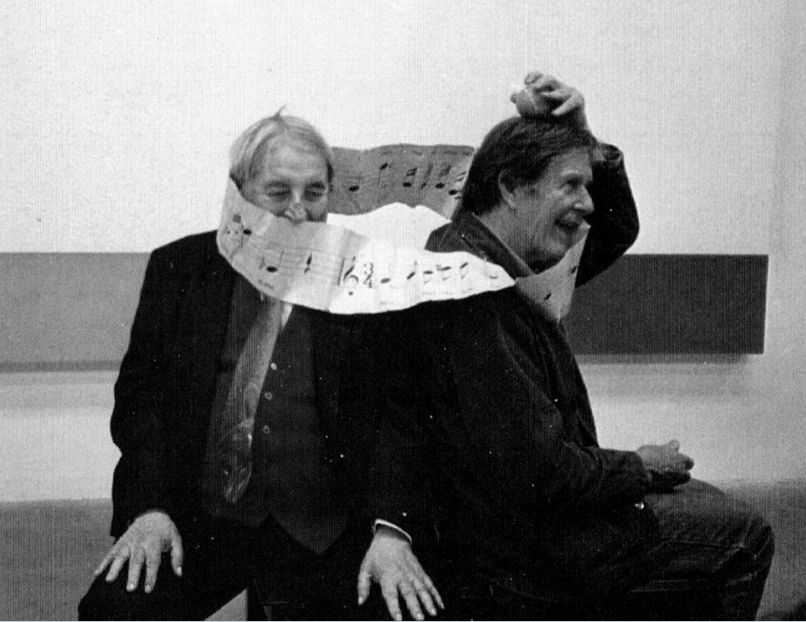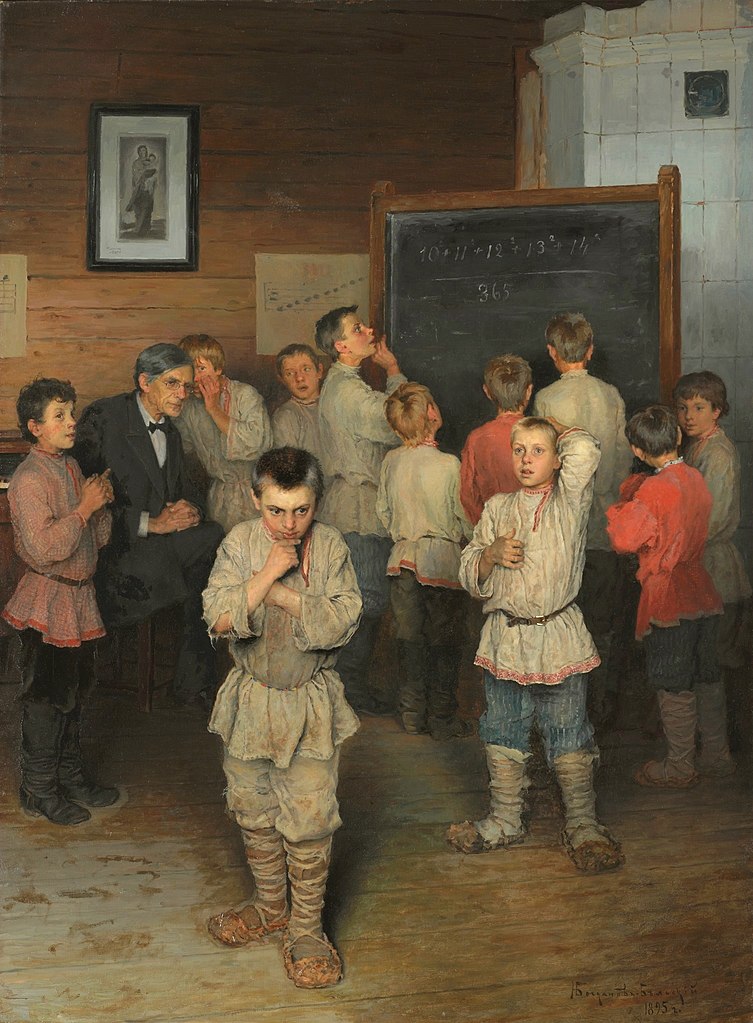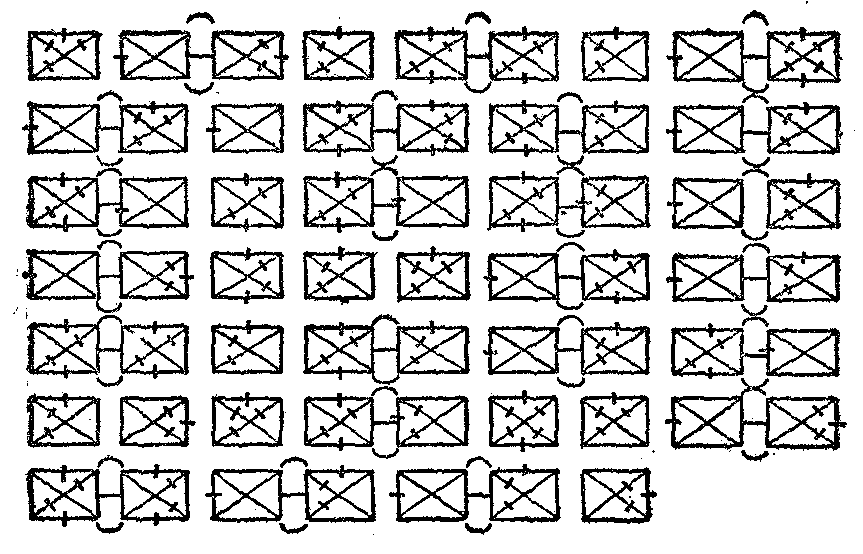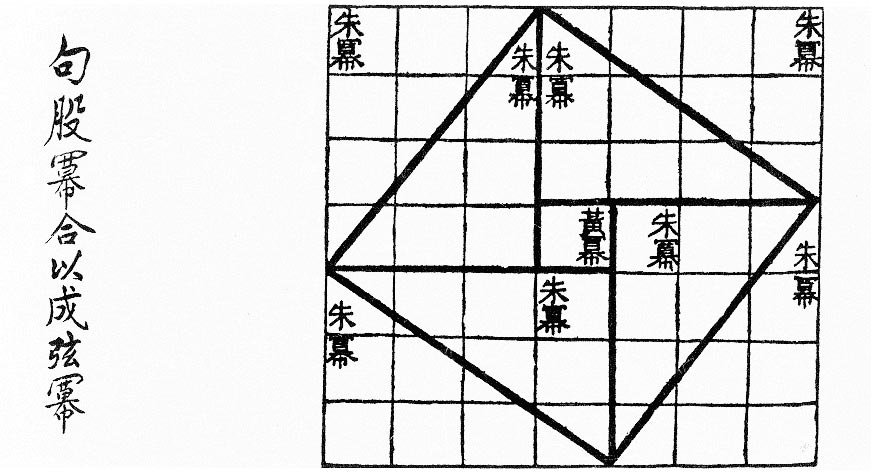
University of Iowa economist Joyce Berg devised this test of social expectation. Two players are each given $10. The two are anonymous to one another and may not communicate. The first player, known as the trustor, is given the option to transfer any part of her $10 to the second player, who is known as the trustee. Whatever she sends will be tripled; if she sends $5 the trustee will receive $15. The trustee then has the option to return any portion of what she’s received. The game is played only once, so the two players have no opportunity to communicate through repeated play.
What should they do? If the two trust one another perfectly, then both stand to double their money — the trustor will give all $10 to the trustee, who now has $40. If she returns half of that, then each player has $20.
The trouble is that rational players, who seek to maximize their personal gains, won’t behave this way. If the trustor gives the trustee $10, she can just keep all of it, walking away with $40 and leaving the trustor with nothing. Realizing this, the trustor should send nothing at all, keeping at least the $10 she was given. This is the rational expectation.
But in actual experiment, Berg found that fully 30 of 32 trustors sent money, and they sent an average of $5.16. This is surprising. “From a rational choice perspective,” she wrote, “subjects who sent money must have believed their expected return would be positive; but given the noncooperative prediction, why would they believe this?”
(Joyce Berg, John Dickhaut, and Kevin McCabe, “Trust, Reciprocity, and Social History,” Games and Economic Behavior 10 [1995], 122-142.)










